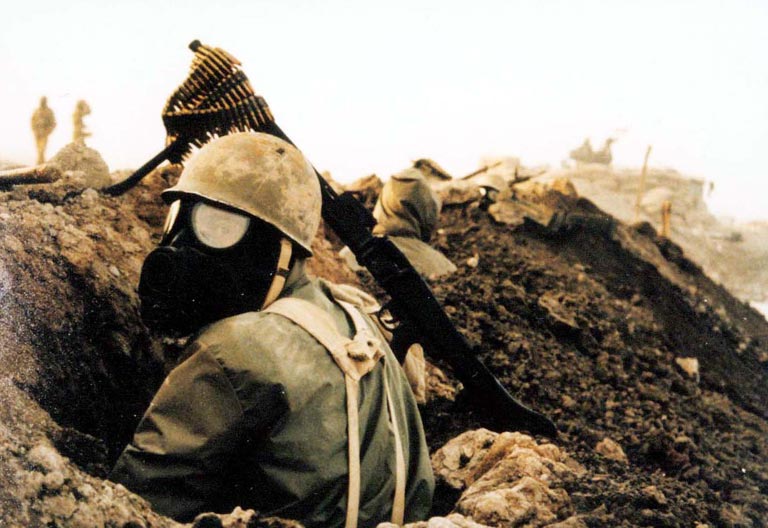 |
| Mao's official portrait, dated 1967 |
Ask an old-timer to think of a famous Chinese guy, chances are that he'd recall Mao Zedong, 'popularly' known as Chairman Mao. Who is this Mao person, you may be wondering ? In essence (and fact), he was the founding father of the People's Republic of China, a guerrilla warfare genius, philosopher and a die-hard Communist revolutionary. And he is this month's history figure of the month.
Early Life:
Mao Zedong (1893-1976) was born in a rural village in the Hunan province of central China in 1893. Mao was brought up under a Confucian way of life; at school, he was taught classical Chinese stories that preached Confucianism. He later admitted that he disliked Confucian upbringing to the extent that he ran away from home at age 10 (though later found by his father).
After training as a teacher, he traveled to Beijing where he worked in the University Library. He became a Marxist while working as a library assistant (reading Marxist literature) at Peking University and served in the revolutionary army during the 1911 Chinese Revolution.
Chinese Civil War and the Sino-Japanese War:
Inspired by the Russian Revolution, the Chinese Communist Party
(CCP) was established in 1921, with Mao being a founding member and had also set up a branch in Hunan. In 1923, the Kuomintang (KMT)
nationalist party had allied with the CCP to defeat the warlords who
controlled much of northern China. Then in 1927, the KMT leader Chiang
Kai-shek launched an anti-communist purge.
 |
| Irony. Mao and Chiang Kai-shek raise a toast in 1946 |
The nationalists now imposed a blockade and Mao Zedong decided to evacuate the area and establish a new stronghold in the north-west of China.
In October 1934 Mao, Lin Biao, Zhu De, and some 100,000 men and their dependents headed west through mountainous areas.
The marchers experienced terrible hardships. The most notable passages included the crossing of the suspension bridge over a deep gorge at Luting (May, 1935), travelling over the Tahsueh Shan mountains (August, 1935) and the swampland of Sikang (September, 1935).
The marchers covered about fifty miles a day and reached Shensi on 20th October 1935. It is estimated that only around 30,000 survived the 8,000-mile Long March.
 |
| The Long March |
When the Japanese Army invaded the heartland of China in 1937, Chiang Kai-Shek was forced to move his capital from Nanking to Chungking. He lost control of the coastal regions and most of the major cities to Japan. In an effort to beat the Japanese he agreed to collaborate with Mao Zedong and his communist army.
During the Second World War Mao's well-organized guerrilla forces were well led by Zhu De and Lin Biao. As soon as the Japanese surrendered, Communist forces began a war against the Nationalists led by Chaing Kai-Shek. The communists gradually gained control of the country and on 1st October, 1949, Mao announced the establishment of People's Republic of China. Chiang Kai-shek fled to the island of Taiwan.
Communist China:
Mao and other Communist leaders set out to reshape Chinese
society. Industry came under state ownership and China's farmers began
to be organised into collectives. All opposition was ruthlessly
suppressed. The Chinese initially received significant help from the
Soviet Union, but relations soon began to cool.
In 1958, in an attempt to introduce a more 'Chinese' form of
communism, Mao launched the 'Great Leap Forward'. This aimed at mass
mobilisation of labour to improve agricultural and industrial
production. The result, instead, was a massive decline in agricultural
output, which, together with poor harvests, led to famine and the deaths
of millions. The policy was abandoned and Mao's position weakened.
 |
| Mao meets US president Nixon in 1972, a defining moment of the Cold War |
In an attempt to re-assert his authority, Mao launched the
'Cultural Revolution' in 1966, aiming to purge the country of 'impure'
elements and revive the revolutionary spirit. One-and-a-half million
people died and much of the country's cultural heritage was destroyed.
In September 1967, with many cities on the verge of anarchy, Mao sent in
the army to restore order.
1966 also saw the publishing of
Quotations from Chairman Mao , popularly known as
Mao's Little Red Book. The book later became one of the most printed books in history.
Mao appeared victorious, but his health was deteriorating. His
later years saw attempts to build bridges with the United States, Japan
and Europe. In 1972, US President Richard Nixon visited China and met
Mao. He died on 9 September 1976.
Primary Source:
Further Reading:





























